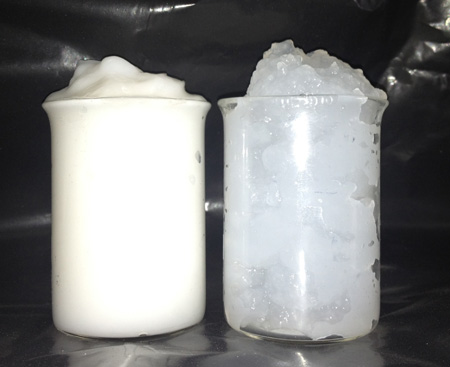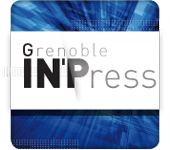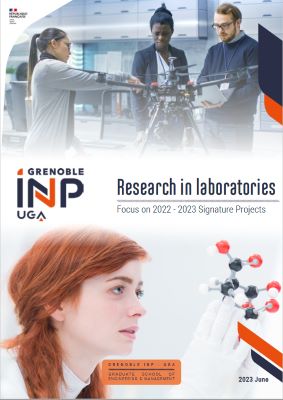
Applications in various fields
“We have already been contacted by several manufacturers, including a packaging specialist who intends to use this technique to replace the aluminium and polyethylene layers contained in the carton packs used for milk for example”. Other applications are also being considered in various other fields. “Our microfibrillated cellulose can be integrated in varnishes such as nail polish or even in yogurts as 100% natural texturing agents”.
The start-up, incubated by Gate 1 (formerly GRAIN), was awarded the OSEO prize for the creation of innovative companies in the emerging category and recently won an award in the same competition, this time in the creation-development category. InoFib will be officially incorporated in July 2014 and at that time it will seek to raise more funds required for installing its future pilot plant thereby increasing its microfibrillated cellulose production capacity from a dozen kilos to several tons per day. The first InoFib products could be placed on the markets within six month’s time.





